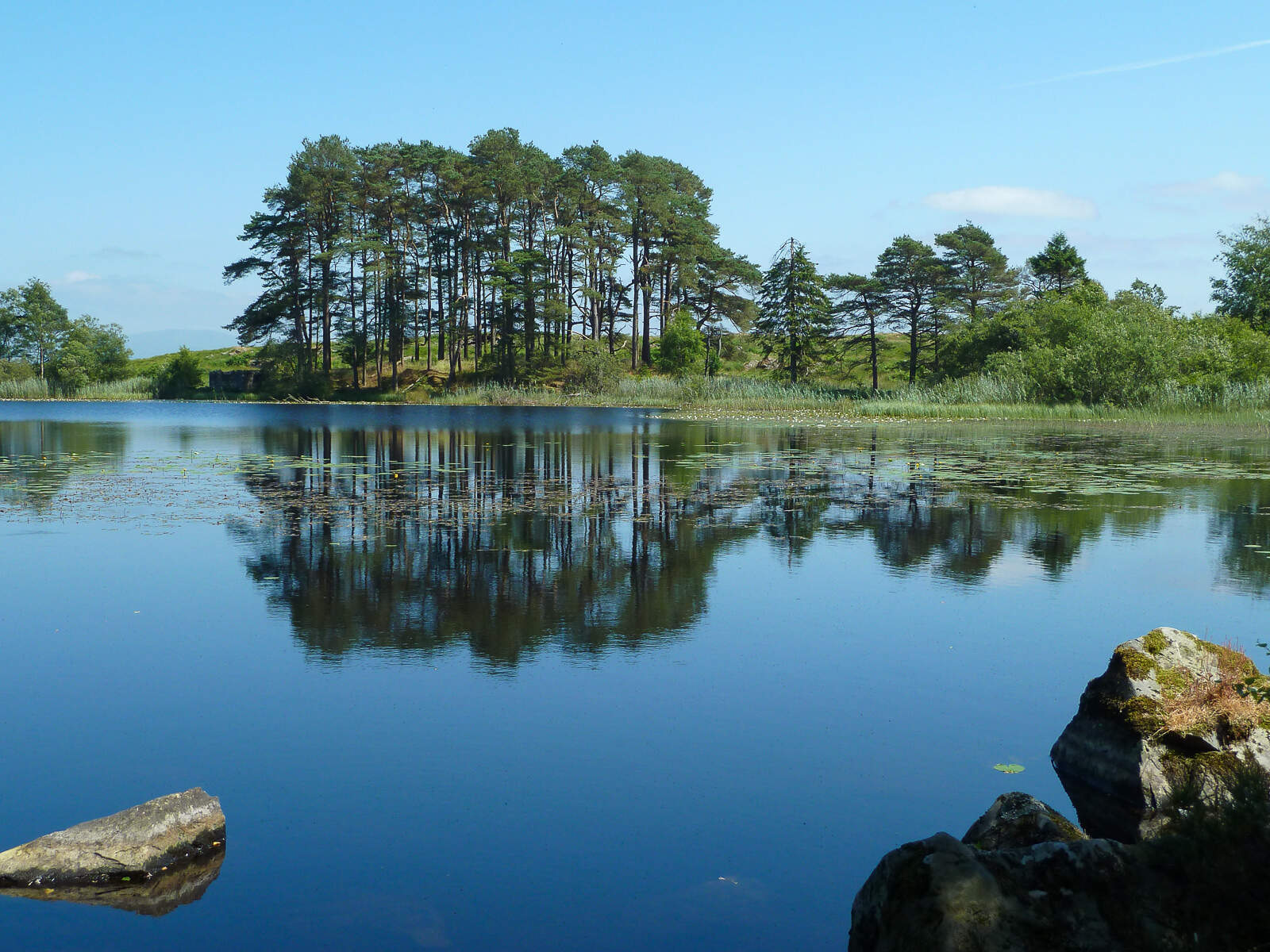
What makes diverse habitats so fascinating? Diverse habitats are intriguing because they showcase the incredible variety of life on Earth. From lush rainforests teeming with exotic wildlife to arid deserts home to resilient creatures, each habitat tells a unique story. Biodiversity thrives in these environments, offering countless opportunities for discovery and learning. Whether it's the vibrant coral reefs bustling with marine life or the serene tundras where hardy plants and animals endure extreme conditions, every habitat has its own charm. Understanding these ecosystems helps us appreciate nature's complexity and the delicate balance that sustains life. Dive into these 33 facts to uncover the wonders of diverse habitats!
Key Takeaways:
- Rainforests are like the Earth's lungs, covering only 6% of the surface but housing over half of the world's plant and animal species. They also provide vital medicines and support indigenous tribes.
- Deserts may seem barren, but they are full of life adapted to extreme conditions. From the Sahara to the Namib, desert plants and animals have unique ways of surviving in harsh environments.
Rainforests: The Lungs of the Earth
Rainforests are some of the most diverse and vital ecosystems on our planet. They play a crucial role in maintaining the Earth's climate and supporting countless species.
- Rainforests cover only about 6% of the Earth's surface but house over half of the world's plant and animal species.
- The Amazon Rainforest produces 20% of the world's oxygen, earning it the nickname "The Lungs of the Earth."
- Rainforests are home to indigenous tribes who have lived there for thousands of years, maintaining a deep connection with nature.
- These ecosystems receive between 80 to 400 inches of rain annually, creating a humid environment perfect for diverse flora and fauna.
- Many modern medicines, including treatments for cancer and malaria, are derived from rainforest plants.
Deserts: Harsh Yet Fascinating
Deserts may seem barren, but they are teeming with life adapted to extreme conditions. These arid landscapes offer unique insights into survival and adaptation.
- Deserts cover about one-third of the Earth's land surface.
- The Sahara Desert is the largest hot desert, spanning 3.6 million square miles.
- Some desert plants, like cacti, can store water for months, allowing them to survive long dry periods.
- The Namib Desert is home to the Welwitschia plant, which can live for over 1,000 years.
- Desert animals, such as the fennec fox, have evolved to thrive in extreme heat and scarce water conditions.
Oceans: The Blue Frontier
Oceans cover more than 70% of the Earth's surface and are vital for life on our planet. They regulate climate, provide food, and are home to an incredible array of species.
- The Great Barrier Reef, located off the coast of Australia, is the largest coral reef system in the world.
- Oceans produce more than half of the world's oxygen through phytoplankton photosynthesis.
- The Mariana Trench is the deepest part of the world's oceans, reaching depths of over 36,000 feet.
- Oceans absorb about 30% of the carbon dioxide produced by humans, helping to mitigate climate change.
- More than 80% of the ocean remains unexplored, leaving many mysteries yet to be uncovered.
Grasslands: The World's Breadbasket
Grasslands are vast open spaces that support a variety of plant and animal life. They are crucial for agriculture and maintaining ecological balance.
- Grasslands cover about 25% of the Earth's land area.
- The North American prairies are home to the American bison, which once roamed in the millions.
- Grasslands are often referred to as the "breadbasket" of the world due to their fertile soil and agricultural productivity.
- The African savanna is home to iconic wildlife such as lions, elephants, and giraffes.
- Grasslands play a key role in carbon sequestration, helping to combat climate change.
Wetlands: Nature's Water Filters
Wetlands are unique ecosystems where water meets land. They provide essential services such as water filtration, flood control, and habitat for diverse species.
- Wetlands cover about 6% of the Earth's surface.
- The Florida Everglades is the largest subtropical wetland in North America.
- Wetlands act as natural water filters, removing pollutants and improving water quality.
- These ecosystems are crucial for flood control, absorbing excess water during heavy rains.
- Wetlands are home to a wide variety of species, including migratory birds, amphibians, and fish.
Tundra: The Frozen Frontier
The tundra is a cold, treeless region found in the Arctic and high mountain tops. Despite its harsh conditions, it supports a unique array of life.
- The tundra covers about 10% of the Earth's land surface.
- Permafrost, a layer of permanently frozen soil, is a defining feature of the tundra.
- The Arctic tundra experiences extreme seasonal variations, with 24-hour daylight in summer and complete darkness in winter.
- Tundra plants, like mosses and lichens, are adapted to survive in cold, nutrient-poor soils.
- Animals such as caribou, arctic foxes, and polar bears have evolved to thrive in this harsh environment.
Mountains: Peaks of Biodiversity
Mountains are not just majestic landscapes; they are also hotspots of biodiversity. These towering formations provide unique habitats for a variety of species.
- Mountains cover about 22% of the Earth's land surface.
- The Himalayas are the highest mountain range, home to Mount Everest, the tallest peak on Earth.
- Mountain ecosystems support diverse flora and fauna, including many endemic species found nowhere else on the planet.
Nature's Wonders Await
Exploring diverse habitats reveals the incredible variety of life on Earth. From rainforests teeming with unique species to deserts showcasing survival against the odds, each habitat tells a story of adaptation and resilience. Oceans cover most of our planet, housing mysterious creatures and vast ecosystems. Mountains stand tall, offering refuge to specialized flora and fauna. Grasslands stretch endlessly, supporting large herds and predators. Even the polar regions with their extreme conditions host remarkable wildlife.
Understanding these habitats helps us appreciate the delicate balance of our environment. It reminds us of the importance of conservation efforts to protect these natural wonders. Next time you step outside, take a moment to marvel at the world around you. Nature's wonders are all around, waiting to be discovered and cherished. Let's do our part to ensure these habitats thrive for generations to come.
Frequently Asked Questions
Was this page helpful?
Our commitment to delivering trustworthy and engaging content is at the heart of what we do. Each fact on our site is contributed by real users like you, bringing a wealth of diverse insights and information. To ensure the highest standards of accuracy and reliability, our dedicated editors meticulously review each submission. This process guarantees that the facts we share are not only fascinating but also credible. Trust in our commitment to quality and authenticity as you explore and learn with us.


